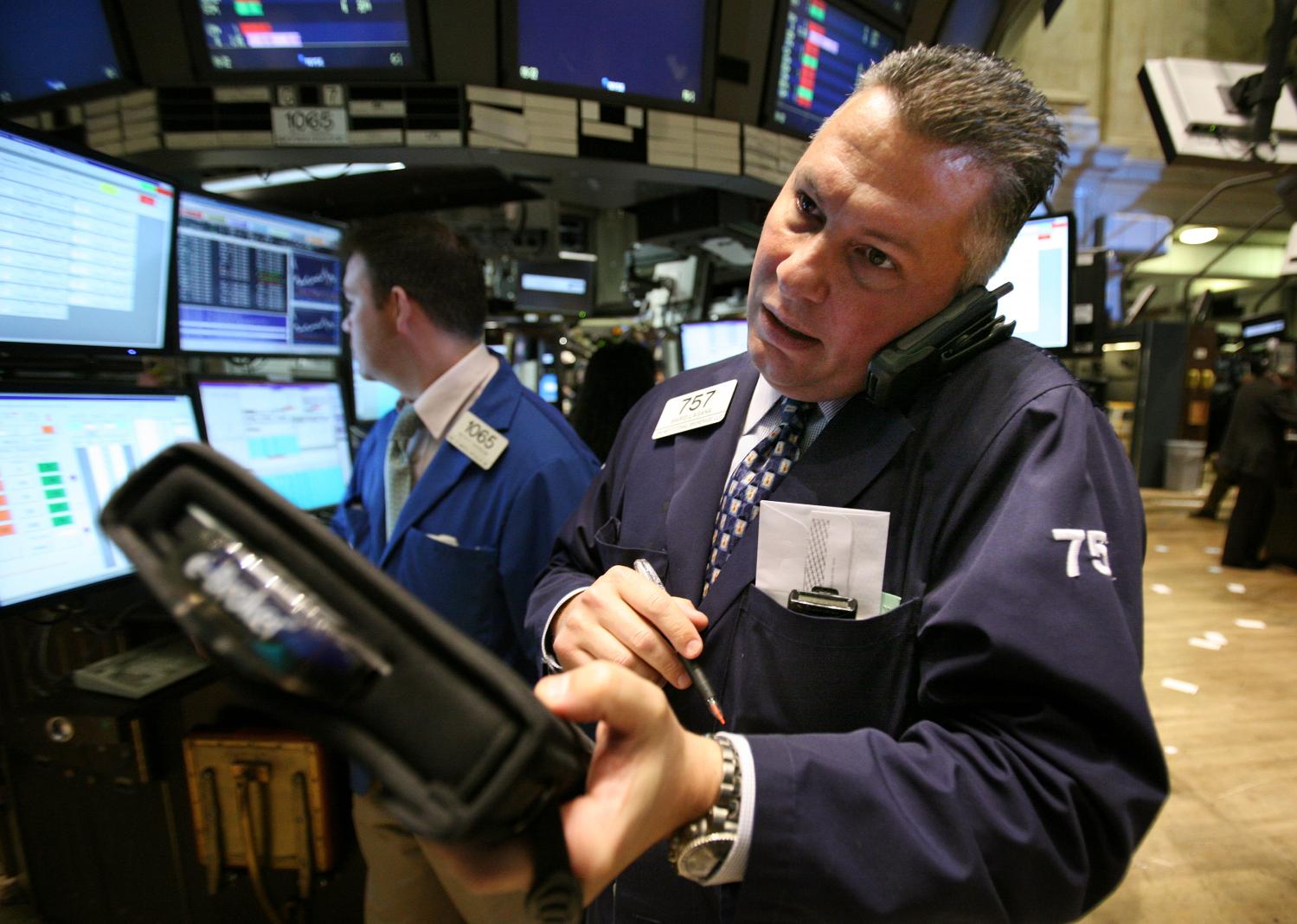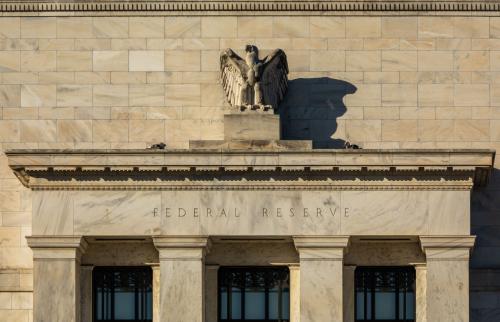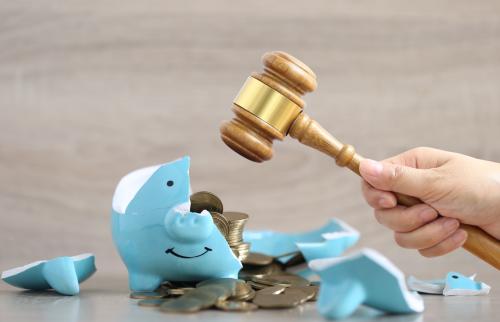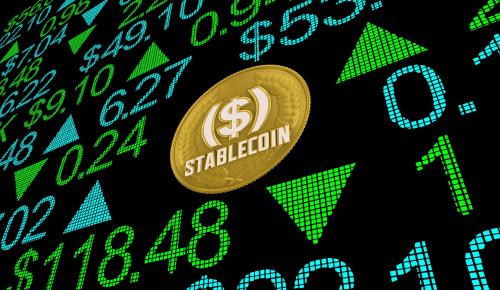Cryptocurrency is an asset masquerading as a payment instrument. Congress did not see through this illusion and created a dangerous loophole in the newly passed stablecoin law, the Guiding and Establishing National Innovation for U.S. Stablecoins Act, or “GENIUS Act”. The law is premised around a simple trade-off: Stablecoins are exempt from bank-like regulation and in exchange are prohibited offering interest on their coins. The law’s ink is not dry and crypto firms have already found a loophole, calling interest “rewards.” If we don’t close this loophole, it could cause massive problems resulting in losses by retail crypto holders, a bailout of big crypto, or a financial crisis.
Bitcoin started with dreams of being a global currency but has become an asset and, for many, a profitable investment (so far). One reason bitcoin works so poorly for payments is its swings in value. Enter stablecoins, usually pegged to the dollar, eliminating this problem. Yet, stablecoins are primarily used for buying and selling other crypto, not for ordinary transactions. While about one in seven Americans report owning crypto, only one in 50 Americans used any form of crypto, including stablecoins, to buy anything other than crypto in 2022.
So, if stablecoins aren’t used for payments, why do people own them? For many, it’s the same reason they keep money in banks: earning interest. The new law prohibits interest, but what if someone called interest a different name? Would it pay as well?
Coinbase, the largest American crypto exchange, proudly markets 4.1% “rewards” for holding USDC, the largest American issued stablecoin. Crypto.com offers variable rewards based on market conditions, while highlighting its latest partnership with Trump Media Group on their crypto. Its competitor Kraken offers even higher: 5.5% rewards. Notice Kraken marketing an annual percent yield (APY) notation to look like interest. That’s what this is.
Technically, the new law only prevents stablecoin issuers like Circle, which issues USDC, from offering interest. Coinbase, Crypto.com, and Kraken do not issue these coins, they just hold their customers’ coins. Imagine if E-trade or Merrill Lynch offered customers money for letting them “hold” their stocks, and you’ll see the parallel.
The economics of this loophole are problematic. Crypto exchanges generate profit to pay “rewards” to people who deposit crypto through a combination of payments from the stablecoin holders and potentially using depositors’ funds to make their own investments. The larger the rewards customers are being paid, the riskier the investments generating that money. Banks do this with your deposits, but with tight limitations, constant oversight, and federal deposit insurance that fully covers 99% of depositors. Crypto exchanges have none of these guardrails, as FTX demonstrated when it took customer assets to speculate and collapsed.
During good times crypto exchanges make a lot of money and can offer higher rates of interest than banks who are legitimately crying foul over this loophole. In the extreme, if folks left the banking system to chase higher interest at stablecoins, up to $6 trillion in deposits could leave the banking system, according to the Treasury Department. A run of bank deposits on this scale would tank the economy, as banks need deposits to make loans.
Ironically, labeling cashback “rewards” rather than interest is something banks pioneered with credit cards. Credit cards issuing a “reward” as opposed to interest is a loophole banks exploit as credit card users do not pay taxes on rebates but depositors do on interest. Encouraging spending and taxing savings is bad government policy, but this loophole has gained traction, as evidenced by the lobbying around fear of regulation “taking away my points.”
If offering a seemingly-stable investment to consumers while taking risks with their money sounds familiar, then maybe you own a money market mutual fund (MMF). MMFs took advantage of a rounding loophole so that as long as their value stays above 99.5 cents, they appear as if they are stable at one dollar (or even increasing in value).
The creation of MMFs took money out of the banking system, eventually playing a major role in the savings and loan crisis of the 1980s. The MMF industry grew by almost 1,900% in three years between 1978-1981, demonstrating how quickly these loopholes can expand. MMFs helped create a new system of lending through assets such as commercial paper, which played a massive role in the 2008 financial crisis when the Reserve Fund, one of the first MMFs, “broke the buck” when its holdings of commercial paper from Lehman Brothers imploded during the 2008 financial crisis.
Taxpayers bailed out money market mutual funds, basically guaranteeing their value in the financial crisis of 2008. I helped write the provision of law designed to stop that bailout, but it was quickly ignored and MMFs were again bailed out during the COVID-19 pandemic in 2020. Today, $7 trillion sits in MMFs, and with two bailouts, investors can assume their money is federally guaranteed.
In testimony to Congress, former chairman of the Commodity Futures Trading Commission (CFTC) Tim Massad warned that allowing interest on stablecoins “could lead to the creation of financial products similar to money-market [mutual] funds.” But the lobbying on the stablecoin bill was intense, and the legislation was enacted with this loophole.
The best way to close this loophole would be for Congress to extend the provision against offering interest to anyone using stablecoins as collateral, which would include crypto exchanges. Let stablecoins be the payment instrument they say they are. America’s payment system is terrible for working people, and decades of regulation by the Federal Reserve has been a failure for everyone except the banks and credit unions who profited handsomely off overdraft.
If Congress doesn’t act, regulators could work to close the loophole themselves. The CFTC and the Securities and Exchange Commission (SEC) could examine what crypto exchanges and wallets are doing with their customers stablecoins and issue appropriate rules and public statements. At the least, people need to know that their stablecoins may be at risk if the people holding them are re-investing them. At most, these regulators should consider rules preventing crypto exchanges from taking on too much risk.
Finally, it should be made expressly clear that no one will be bailed out if crypto implodes. That can start with clear statements from senior government officials and legal restriction on the bailout authorities for crypto. Trump’s personal stake in his growing crypto-empire complicates all of this, creating a strong incentive for him to want to keep a government bailout on the table. You can see why financial regulatory experts and veterans of questionable bailouts are yelling about a five-alarm fire.
If stablecoins can become the payment instrument they wish to be, that could go a long way to making America’s payment system faster, fairer, and better working for the millions of people who pay billions to access and move their own money. I will be first in line to cheer that outcome. But I fear that the system being put in place has all the ingredients for a lot of people to make money as crypto goes up in value and leave the taxpayer and the little guy holding the bag should the crypto asset bubble pop.
The Brookings Institution is committed to quality, independence, and impact.
We are supported by a diverse array of funders. In line with our values and policies, each Brookings publication represents the sole views of its author(s).








Commentary
Op-edInterest by any other name should be regulated as sweetly
September 10, 2025